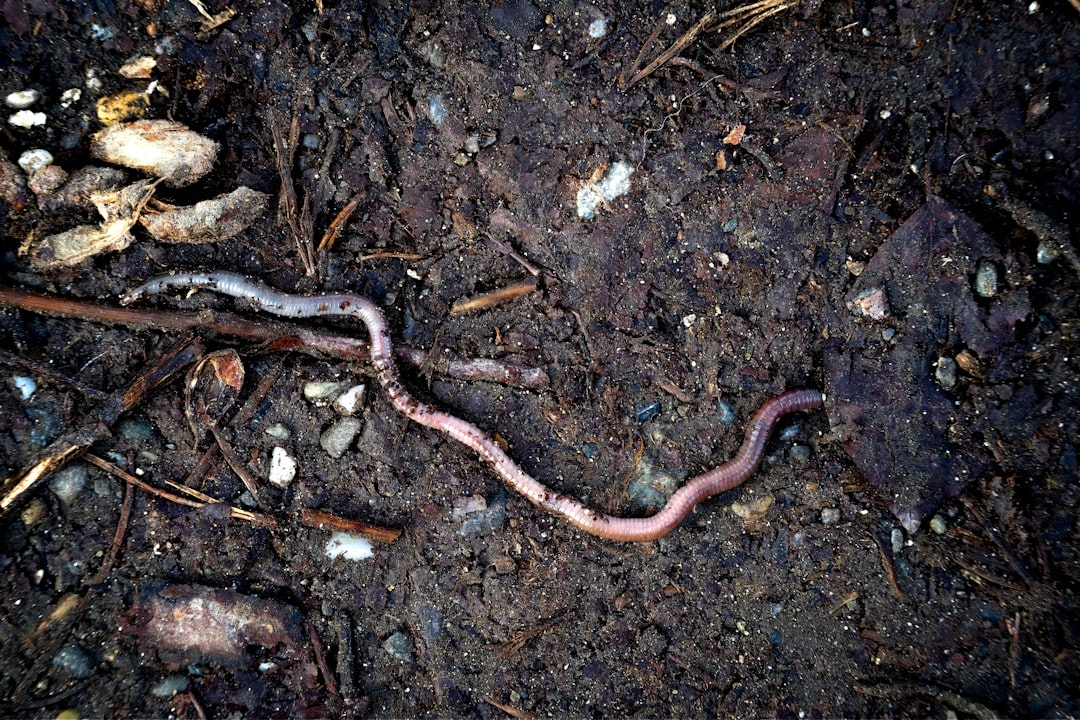Healthy soil is alive, teeming with microorganisms, fungi, and beneficial creatures—including earthworms. These humble soil dwellers play a vital role in maintaining soil structure, fertility, and water infiltration. Their presence (or absence) can serve as a key indicator of soil health.
Let’s explore why earthworms are so important, what their presence tells us about soil conditions, and how you can encourage more earthworms in your garden or farm.
The Role of Earthworms in Soil Health 🪱
Earthworms are ecosystem engineers, helping to create and maintain fertile, well-structured soil. Here’s how they contribute:
1. Soil Aeration & Structure Improvement 🌱
-
Earthworms burrow through the soil, creating tunnels that enhance aeration.
-
Their movement loosens compacted soil, improving root penetration and drainage.
2. Nutrient Cycling & Organic Matter Breakdown 🔄
-
Earthworms consume organic material like dead leaves and plant residues.
-
As they digest, they produce nutrient-rich castings (worm poop) that improve soil fertility.
-
Their activity speeds up the decomposition process, releasing nitrogen, phosphorus, and potassium—essential for plant growth.
3. Enhanced Water Infiltration & Retention 💧
-
Earthworm tunnels allow water to move through the soil, preventing runoff and erosion.
-
Their castings improve soil texture, helping it retain moisture during dry periods.
4. Support for Microbial Life 🦠
-
Earthworm guts contain beneficial microbes that help decompose organic matter.
-
Their castings introduce good bacteria and fungi into the soil, boosting microbial diversity.
What Earthworm Presence Tells You About Soil Health
The number of earthworms in your soil can be a quick visual indicator of soil quality.
🟢 Signs of Healthy Soil with Earthworms:
✅ Rich, dark soil with crumbly texture
✅ Presence of worm castings (small, pellet-like droppings)
✅ Moist soil with visible tunnels and burrows
✅ More than 10 earthworms per square foot of soil
🔴 Signs of Poor Soil Health (Few or No Earthworms):
❌ Compacted soil with hard clumps and poor root growth
❌ Lack of organic material (bare, lifeless soil)
❌ Soil that is either too dry or waterlogged
❌ Excessive use of pesticides and synthetic fertilizers
💡 Quick Earthworm Test: Dig a 12-inch by 12-inch by 6-inch hole and count the earthworms inside. If you find 10+ worms, your soil is healthy!
How to Encourage More Earthworms in Your Soil
If you want more earthworms working to improve your soil, here’s how to create a worm-friendly environment:
1. Add Organic Matter Regularly 🍂
-
Earthworms thrive on decaying plant material, compost, and aged manure.
-
Apply a thick layer of mulch (leaves, straw, wood chips) to feed worms and protect soil moisture.
2. Keep Soil Moist, But Not Waterlogged 💧
-
Earthworms need moist soil to survive—avoid letting soil dry out completely.
-
Use mulches and cover crops to retain moisture naturally.
3. Reduce Soil Disturbance (No-Till Methods) 🚜
-
Frequent tilling destroys worm tunnels and exposes worms to predators.
-
Adopt no-till or reduced-till practices to maintain their habitat.
4. Avoid Chemical Pesticides & Synthetic Fertilizers 🚫
-
Many pesticides and artificial fertilizers harm earthworms and soil microbes.
-
Use organic compost, mulch, and natural pest control instead.
5. Maintain Ground Cover with Cover Crops 🌾
-
Cover crops like clover, rye, and legumes provide food for worms and prevent soil erosion.
-
Their roots create additional pathways for earthworm movement.
6. Encourage a Diverse Soil Ecosystem 🦠
-
Earthworms coexist with other soil organisms—boosting microbial diversity helps them thrive.
-
Apply compost tea or worm castings to introduce beneficial microbes into the soil.
Final Thoughts: Earthworms as Soil Guardians
The presence of earthworms is a natural sign of fertile, healthy soil. These tiny creatures improve soil structure, enhance nutrient cycling, and boost plant growth. By following simple organic practices, you can create a worm-friendly environment that leads to long-term soil health and productivity.
🌱 Take action today! Start composting, reduce soil disturbance, and feed your soil to invite earthworms into your garden. 🌍✨ 🪱💚

Comments
No comments yet. Be the first to comment!
You must be logged in to comment. Login